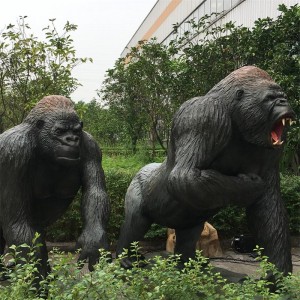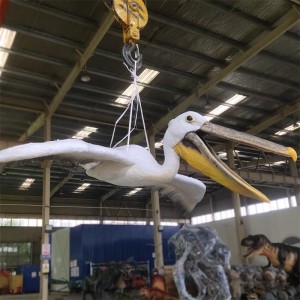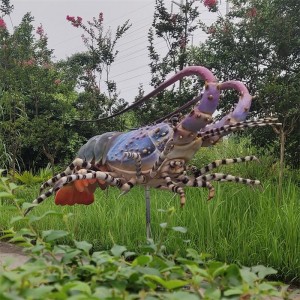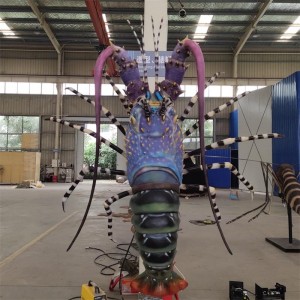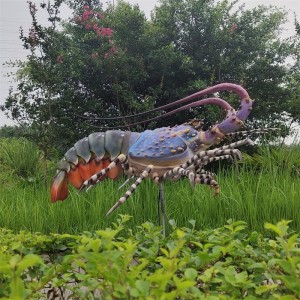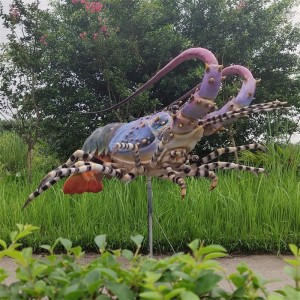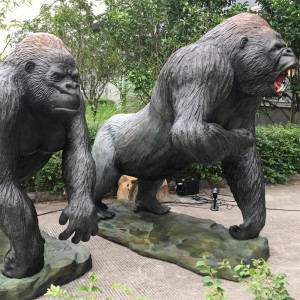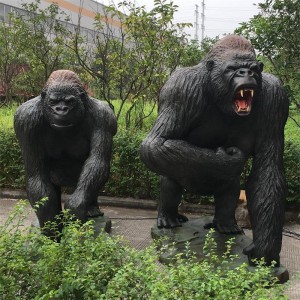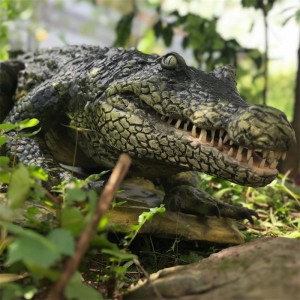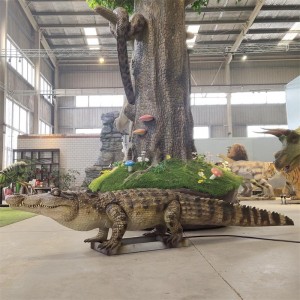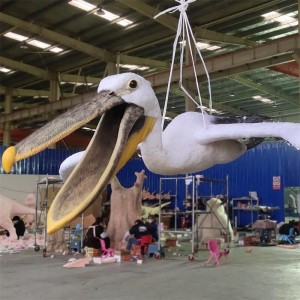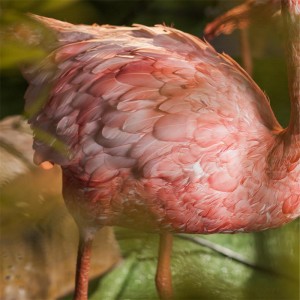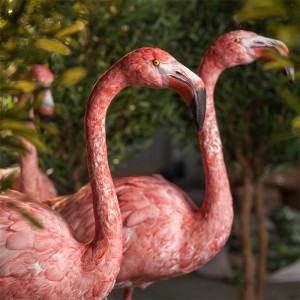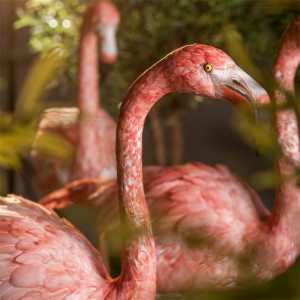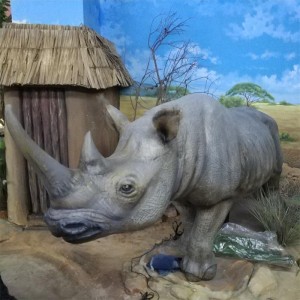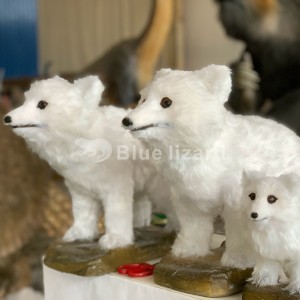Amazing ! huge animals in wild-get close to see they are simulited animatronic creatures
How are those wild animal models are made out?
1. Control box: Independently developed fourth-generation control box.
2. Mechanical Frame: Stainless steel and brushless motors have been used to make animals for many years. Each animal's mechanical frame will be continuously and operationally tested for a minimum of 24 hours before the modelling process begins.
3. Modelling: High density foam ensures the model looks and feels of the highest quality.
4. Carving: Professional carving masters have more than 10 years of experience. They create the perfect animal body proportions absolutely based on animal skeletons and scientific data. Show your visitors what the Triassic, Jurassic and Cretaceous periods really looked like!
5. Painting: Painting master can paint animals according to customer's requirement. Please provide any design
6. Final Testing: Each animal will also be continuous operated testing one day before shipping.
7. Packing: Bubble bags protect animals from damaging. PP film fix the bubble bags. Each animal will be packed carefully and focus on protecting eyes and mouth.
8. Shipping: Chongqing, Shenzhen, Shanghai, Qingdao, Guangzhou,etc. We accept land, air, sea transport and international multimodal transport.
9. On-site Installation: We will send engineers to customer's place to install animals.



